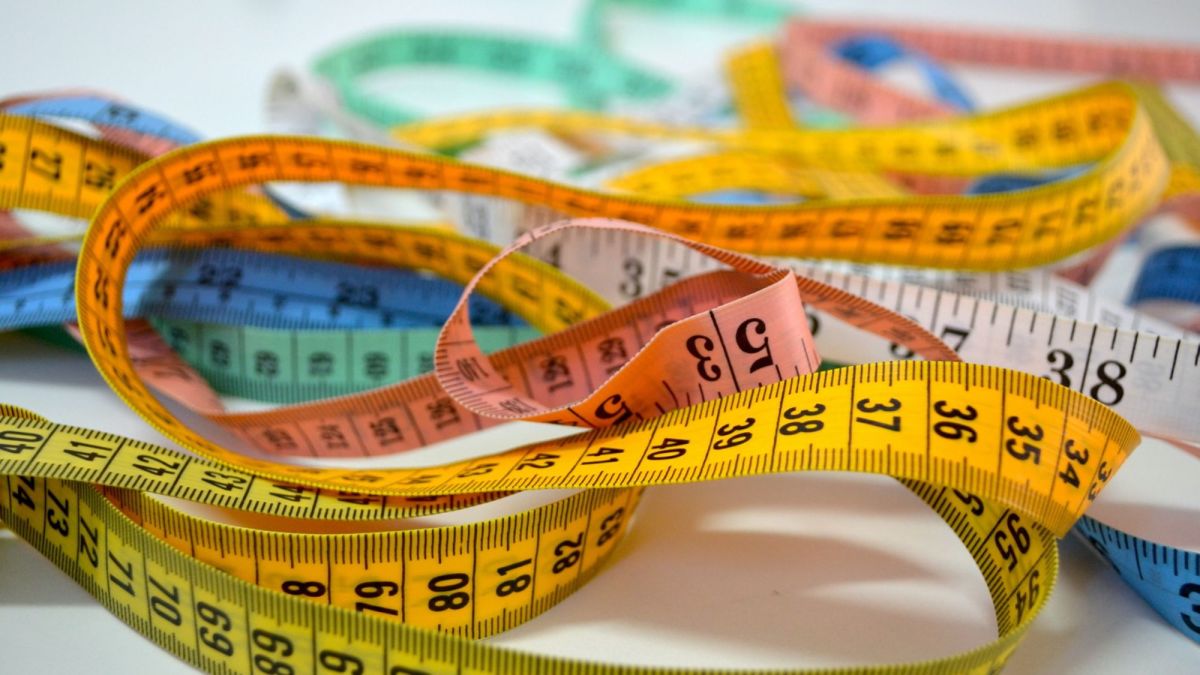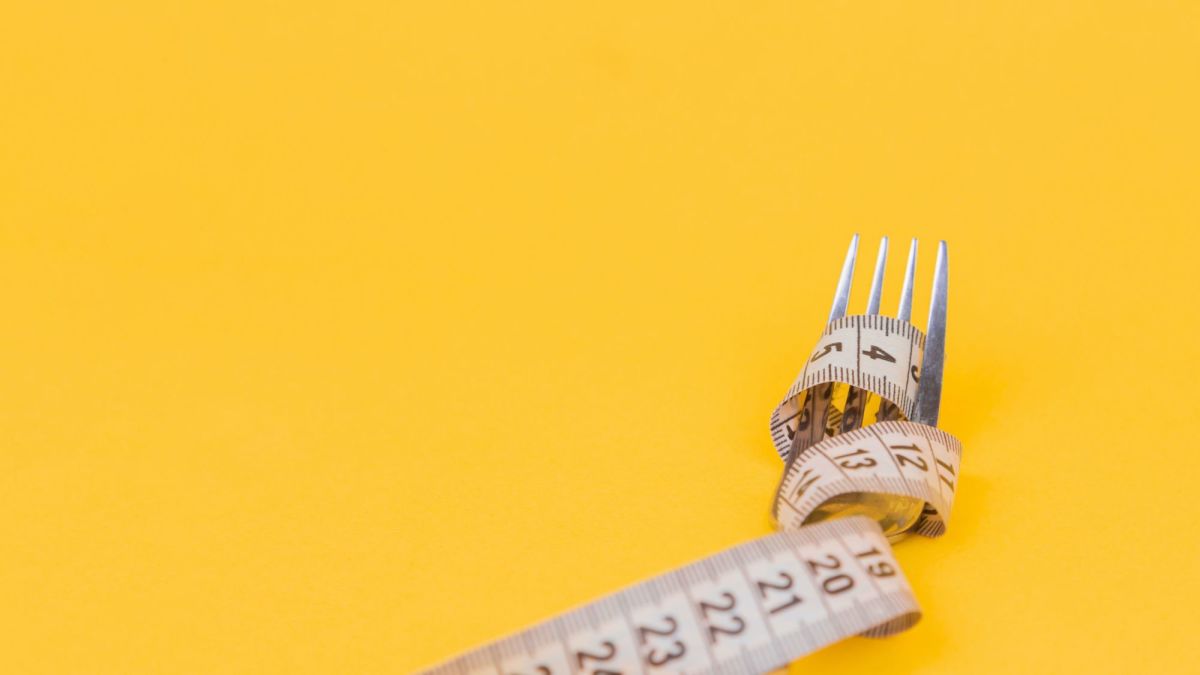Body Fat Calipers - What's The Point Of Using Them?
What Are Body Fat Calipers For?
Body fat calipers are used to measure skinfolds to calculate how much subcutaneous fat a person has. The examiner then puts the numbers into an equation to estimate body fat percentage. The point to remember is this - body fat calipers do not measure your body fat percentage directly. The result? There's room for errors to creep in. And small errors can make a big difference to the figures obtained.
Why measure your body fat at all?
Because the amount of fat on your body can make a difference to your health. It builds up in places - the stomach in men, and women's hips, thighs, and butts, contributing to an unbalanced physique. Excess weight can stress your joints and cause postural problems, and it's also linked to heart disease and stroke, cancer and diabetes. And do you really want to carry that stuff around all day?
The Struggle.

So what's the ideal percentage of body fat to lean tissue?
It's generally stated that men should have less than 18% total body fat and women less than 23%. However, it's also believed that an excess is not a health hazard until an individual accumulates 35% and 40% total body fat respectively. Some people are skinny. Some people are fat, and healthy with it. Humans come in an interesting variety of shapes and sizes, and 'ideal' figures don't have much to do with anything.
Calipers work by taking a pinch of skin at several predetermined sites on your body. You measure these pinches with a gauge which records their thickness, and take note of these figures. Having taken a number of skinfold measurements with your body fat calipers, you now have numbers relating to your subcutaneous fat. You can feed these numbers into a formula to work out your body fat percentage -
- And that's where the problem starts. There are at least a hundred equations you could use. And if you use the wrong one, your calculation will be way off.
Each equation relates to a different group of people
Each equation relates to a different group of people with different characteristics. The young store about half their body fat under the skin. As we age we store more body fat internally. No equation has been written precisely for you, so you will never get an exact result. Using body fat calipers as a way to determine body fat percentage gives you plus or minus 4% accuracy at best. Add to this the fact that extensive practice is necessary before you can be sure you're using the calipers correctly, and it's easy to see why you shouldn't take any readings as gospel proof of your true body fat percentage.
Get Yours Here:
So what's the point of using body fat calipers?
Well, in the hands of a fitness professional with a lot of experience, body fat calipers are a useful way of getting a reading of your body fat percentage. If they're taking the readings properly, using high grade equipment that maintains a constant grip tension, they get accurate readings. For consistent results, body fat calipers need to exert constant pressure. The cheap body fat calipers lack tension control and won't stay accurate for long. Remember, small errors produce significant inaccuracies. If they then use the right formula for your body type and age, they can finesse these readings into a measurement of your body fat that's as accurate as it's ever going to be using this method. The important points to note are experience and consistency. Taking readings requires a lot of hands on practice and instruction.
NEW! Try The Tight Waistband Test! (Just a thought...)
If you're worried about how much fat you're carrying, and you insist on self-testing using body fat calipers, don't use any equation at all. Just keep a record of your skin fold measurements and see how these change over time to reflect the proportion of body fat you're losing.
I personally recommend the tight waistband test if you want to make sure your new diet and exercise regime is working the way it should. (If your tight pants start to hang loose, you're on the right track.) Hey, it always worked for me.









